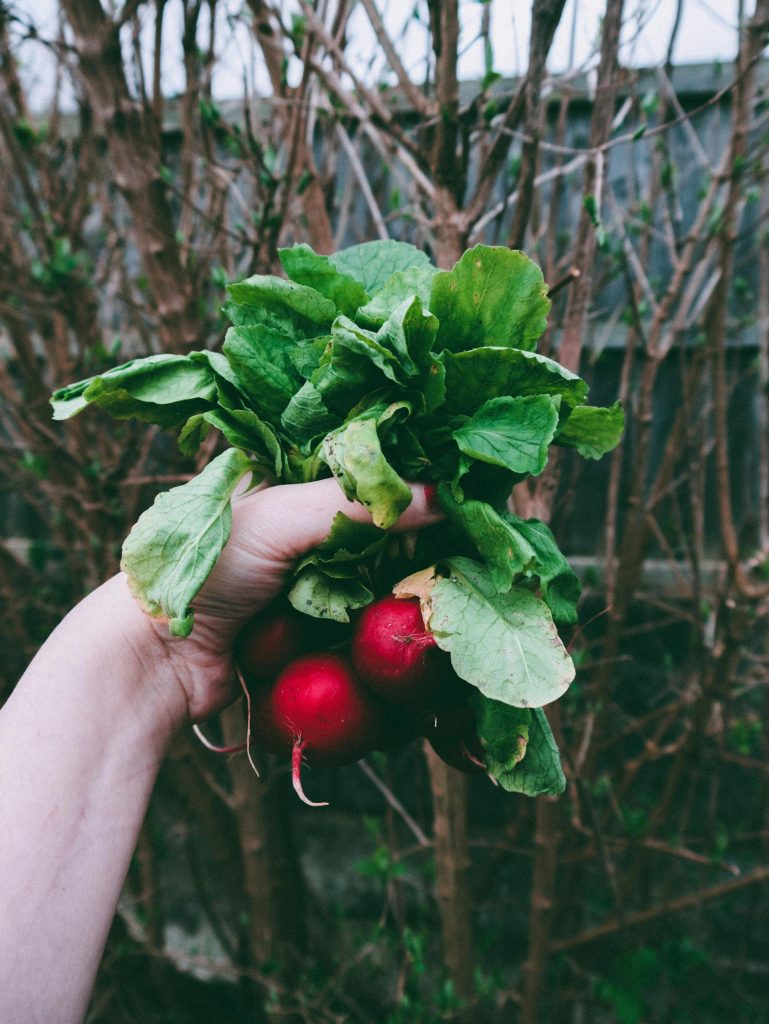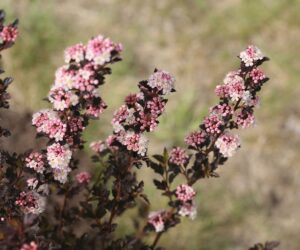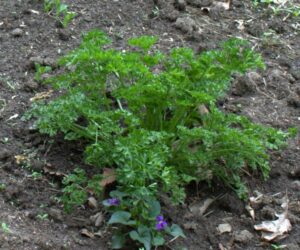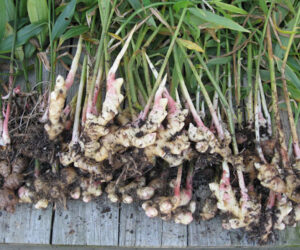As the temperatures begin to rise and the flowers start to bloom, many of us are itching to get outside and tend to our gardens. But with so much conflicting information out there, it can be overwhelming trying to figure out how best to care for your plants and keep them thriving throughout the season.
That’s why we’ve compiled this list of expert-recommended tips that will ensure your garden remains vibrant and healthy all year round. Whether you’re a seasoned gardener or just starting on your green thumb journey, these tried-and-tested methods are sure to help you achieve a truly picturesque outdoor space that will have your neighbors green with envy. Let’s dig in!

Consider Investing in a Turf Management Service
Investing in a turf management service is akin to entrusting your garden’s heart to seasoned experts who understand the nuances of maintaining a lush, vibrant lawn. Especially if you want to achieve a weed free lawn, a turf management service is worth its weight in gold. These professionals are equipped with the necessary knowledge and tools to treat your lawn for pests, weeds, and diseases, as well as provide essential nutrition for optimal growth.
Picture this: a perfectly manicured lawn that serves as the backdrop for your stunning flower beds and vegetable garden. With a turf management service, this dream can become soon a reality. Plus, you’ll have the added peace of mind knowing that your lawn is in good hands while you focus on other aspects of your garden.
Opt for Quality Soil
If you want to tackle your garden maintenance on your own, it’s crucial to invest in quality soil. Healthy soil is the foundation of a thriving garden, as it provides essential nutrients for plant growth and improves water retention. When purchasing soil, look for options that are rich in organic matter, such as compost or manure. These natural additives create a healthy ecosystem for your plants by encouraging beneficial microorganisms to thrive.
Cheap soil may seem like a bargain, but it often lacks the essential nutrients needed for proper plant growth. Low-quality soil also contains harmful chemicals that can be detrimental to your plants’ health and ultimately, your garden’s overall appearance.
Mulch Generously
Mulching is a gardener’s best friend: aside from adding visual appeal to your garden, it also serves many practical purposes. Mulch retains moisture in the soil, aids in weed control, and protects plant roots from extreme temperatures. As mulch decomposes, it adds essential nutrients back into the soil.
For maximum benefits, generously mulch your garden beds with a layer of two to three inches of organic material, such as wood chips or shredded leaves. Just be sure not to pile the mulch too close to plant stems as it can cause stem rot.
Prune Regularly
Pruning is the process of removing dead, damaged, or diseased branches from trees and shrubs. This method promotes healthy growth and prevents pests and diseases from spreading throughout your garden. Pruning also encourages air circulation and allows more sunlight to reach plants, which are both essential for maintaining a lush garden.
Be sure to follow proper pruning techniques and use sharp tools to avoid causing any further damage to your plants. For guidance on when and how to prune specific plant species, refer to reputable gardening resources or consult with a local nursery.
Rotate Your Crops
Rotating your crops is a key agricultural practice that can significantly benefit your garden. It’s a simple technique that involves changing the location of vegetables and other plants each season to prevent soil depletion and reduce the buildup of pests and diseases. When you rotate your crops, you ensure that different nutrients are used and replenished in the soil, keeping it healthy and fertile.
For example, legumes like beans and peas can fix nitrogen in the soil so they can follow nitrogen-hungry plants like corn. Leafy greens, on the other hand, deplete nitrogen levels, so it’s best to rotate them with a crop that replenishes it. Armed with this knowledge, you can plan your garden layout accordingly to achieve optimal results.
Attract Beneficial Insects
Not all insects are garden pests; some can actually benefit your plants by pollinating and controlling harmful pests. Ladybugs, praying mantises, and lacewings are just a few examples of beneficial insects that you should encourage in your garden.
To attract these helpers, plant flowers like marigolds, daisies, and lavender that provide nectar for adult insects and serve as host plants for their larvae. You can even purchase beneficial insects from garden centers and release them into your garden. Just be sure to avoid using harmful pesticides that can harm these natural predators.

Maintaining a lush and vibrant garden is a rewarding endeavor that requires a blend of knowledge, dedication, and the right resources. By following these top tips, you are well on your way to creating a beautiful outdoor space that not only looks great but is also healthy and sustainable. Remember, gardening is a journey, not a destination; with each season comes new challenges and opportunities for growth. Happy gardening!



